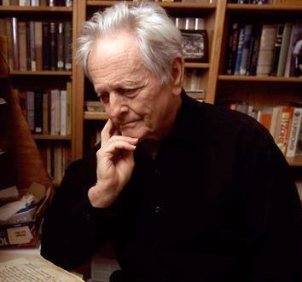The Feeneyite believes Baptism of Desire and Blood is heresy against the definitions of the Council of Trent. Therefore, the Feeneyite most hold to the following 21 absurdities:
1. The Catholic Church has been promulgating heresy by catechism for 464 years from the Catechism of the Council of Trent.
2. The Catholic Church has been promulgating heresy by Canon law for over 100 years.
3. The Catholic Church allows heresy to be taught throughout the whole Church for hundreds of years.
4. The Catholic Church is no different from Protestantism as far as having heresy.
5. Protestant and Eastern Orthodox religions are false religions because they teach heresy, but the Catholic Church remains the true religion when it teaches heresy by law and catechism.
6. Pope St. Pius V of the Council of Trent is also the pope to promulgate heresy against the same council.
7. All the popes and saints that taught Baptism of Desire and Blood after Trent were ignorant of the council’s dogma.
8. Pope Clement XIII didn’t know the Roman Catechism taught Baptism of Desire.
9. Pope Pius IX was ignorant of the council’s teaching.
10. Pope St. Pius X was ignorant of the council’s teaching.
11. Pope St. Pius X allowed a heretical catechism to be promulgated in Italy in his name.
12. Pope St. Pius X didn’t know baptism of desire was being promulgated in his name.
13. Pope Benedict XV was ignorant of the council’s teaching.
14. St. and Doctor of the Church Alphonsus Liguori didn’t understand the council’s teaching on Baptism and interpreted Trent to mean exactly opposite to its true meaning.
15. St. Charles Borromeo handpicked by the pope to explain Trent didn’t truly understand Trent.
16. St. and Doctor of the Church Robert Bellarmine didn’t understand the council’s teaching on Baptism.
17. All the popes and saints who teach Baptism of Desire and Blood reject Jesus’ true meaning in John 3:5.
18. The Old Testament made it safer and easier to get to heaven than the New Testament.
19. War broke out to prevent the First Vatican Council of defining the heresy of Baptism of Desire even though it is believed by the whole Church anyway.
20. Every layman that believes in Baptism of Desire and Blood is a heretic, but all the popes, saints, and doctors of the Church that do are not heretics. Only popes, saints, and doctors of the Church get to profess heresy without being actual heretics.
21. Defenders of Baptism of Desire and Blood using the teachings of popes, catechisms, canon law, saints, and doctors of the Church are bad-willed.

